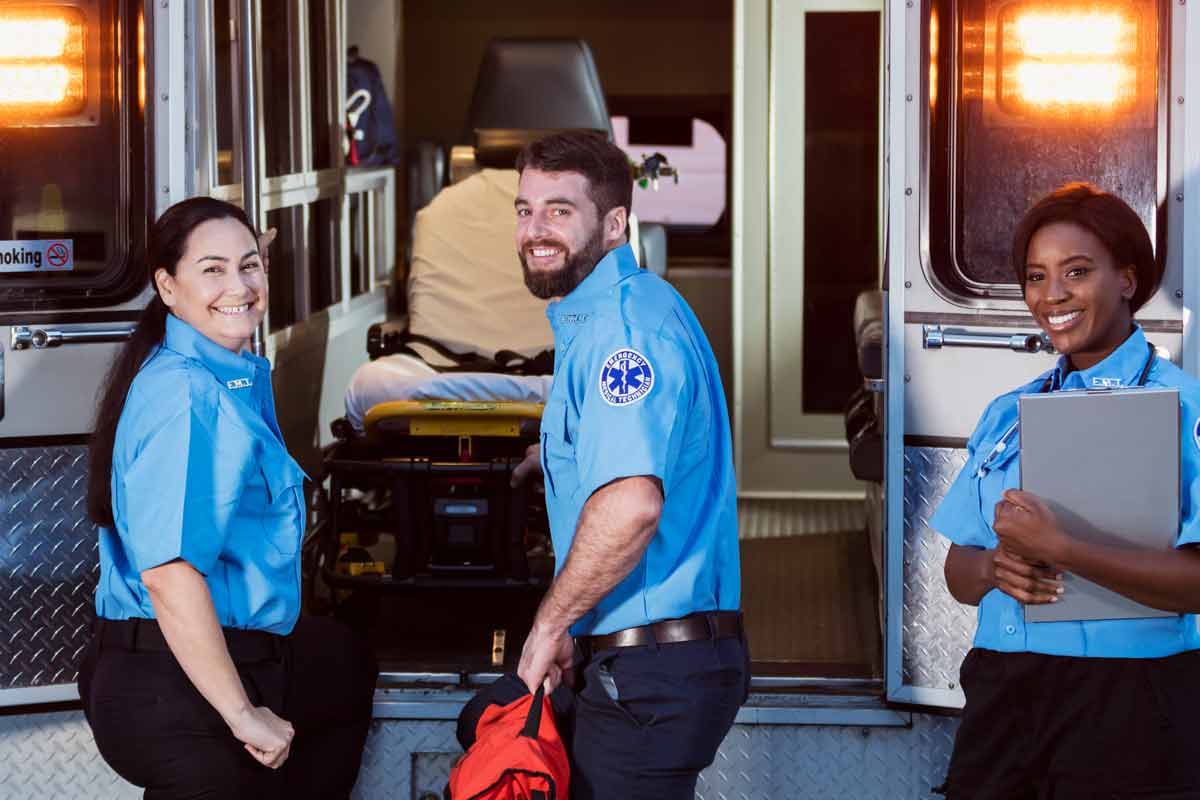
Emergency Medical Science
Career Outlook
Employment of EMTs and paramedics is projected to grow 11 percent from 2020 to 2030, faster than the average for all occupations.
About 20,700 openings for EMTs and paramedics are projected each year, on average, over the decade. Many of those openings are expected to result from the need to replace workers who transfer to different occupations or exit the labor force, such as to retire.
Emergencies, such as car crashes, natural disasters, and acts of violence, will continue to require the skills of EMTs and paramedics. The need for volunteer EMTs and paramedics in rural areas and smaller metropolitan areas will also continue.
Growth in the middle-aged and older population will lead to an increase in age-related health emergencies, such as heart attacks and strokes. This increase, in turn, will create greater demand for EMT and paramedic services. An increase in the number of specialized medical facilities will require more EMTs and paramedics to transfer patients with specific conditions to these facilities for treatment.
The median annual wage for EMTs and paramedics was $36,650 in May 2020. The median wage is the wage at which half the workers in an occupation earned more than that amount and half earned less. The lowest 10 percent earned less than $24,650, and the highest 10 percent earned more than $62,150.
In May 2020, the median annual wages for EMTs and paramedics in the top industries in which they worked were as follows:
- Hospitals; state, local, and private $38,640
- Local government, excluding education and hospitals $38,580
- Ambulance services $34,250
Most paid EMTs and paramedics work full time. Some work more than 40 hours per week. Because EMTs and paramedics must be available to work in emergencies, they may work overnight and on weekends. Some EMTs and paramedics work shifts in 12- or 24-hour increments. Volunteer EMTs and paramedics have variable work schedules. For example, they may work only a few days per week.
Find more information from the U.S. Bureau of Labor Statistics.
College Admissions
Program Details
Curriculum Guides
Contacts
EMT and Paramedic Continuing Education
Please Note:
Curriculum guides are for students enrolled during the current academic year. Students enrolled in a previous academic year should visit the Program Evaluation link in Self-Service to find the required list of courses for graduation. For assistance, consult your advisor.


